Ice giants and icy moons: The planetary science decadal survey looks beyond Mars to the outer solar system
Thursday, 19 May 2022 19:04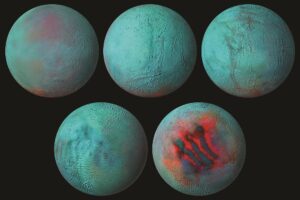
What the latest decadal survey portends for NASA's planetary science program.
The post Ice giants and icy moons: The planetary science decadal survey looks beyond Mars to the outer solar system appeared first on SpaceNews.
Third launch attempt for Boeing's beleaguered Starliner spacecraft
Thursday, 19 May 2022 17:34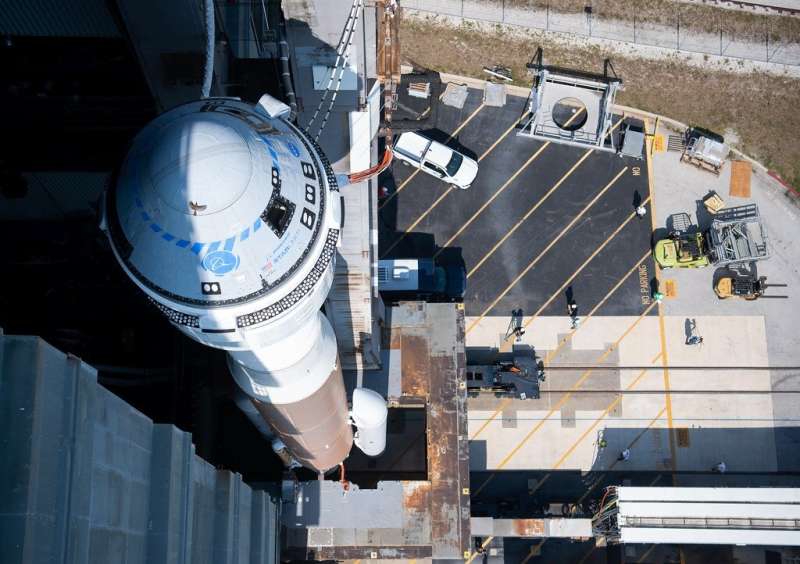
American aerospace giant Boeing is making a third attempt to reach the International Space Station Thursday in a critical uncrewed test flight for its Starliner capsule, which has been beset by numerous failures and false starts.
Lift-off for Orbital Test Flight 2 (OFT-2) is scheduled for 6:54 pm Eastern Time (2254 GMT) from the Kennedy Space Center in Florida, with the spaceship fixed atop a United Launch Alliance Atlas V rocket.
U.S. Space Force to step up protection of satellite ground systems in the wake of Russia’s cyber attacks
Thursday, 19 May 2022 16:47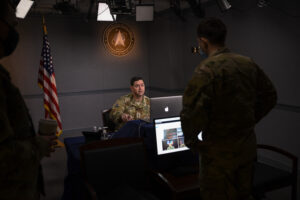
Lt. Gen. Saltzman said one lesson from the cyber attacks in Ukraine is that the main targets are not the satellites but the ground systems and user equipment
The post U.S.
The role of space in driving sustainability, security and development on Earth
Thursday, 19 May 2022 15:05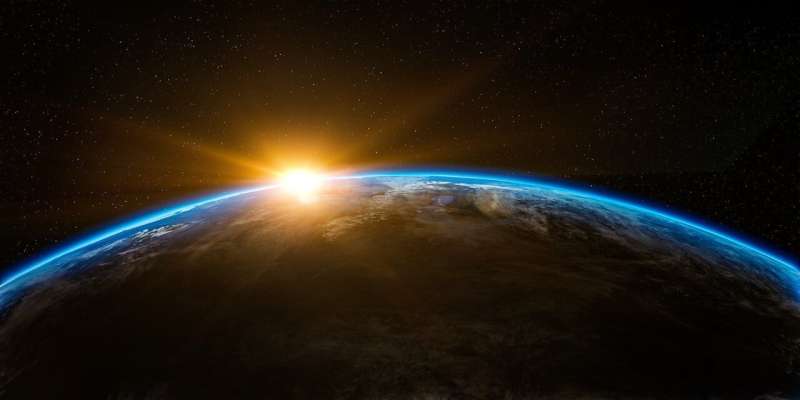
A new report reveals five actions that leaders can take to contribute to economic development, advance global security and sustainability, and make space a safe and globally accessible domain.
This report, a collaborative effort with the World Economic Forum, and informed by the views of approximately 100 industry leaders—describes potential scenarios for the future of space. It identifies five actions that could put the industry on the path to more positive outcomes, in which the full benefits of the space economy are realized.
Tanja Masson-Zwaan, Asst. Professor and Deputy Director of the International Institute of Air and Space Law, was involved in the realization of the report.
"The world is in a space renaissance," the report reads. "Expanding activity in space is beginning to outpace governance, technological progress is increasing accessibility, commercial funding is at an all-time high, and more nations and companies are clamoring to be part of the activity. Already space plays a role in advancing global sustainability and security priorities, but the potential is even greater. The future is in the balance, and all stakeholders have the capability to contribute to a more successful sector.
Volunteers watching the skies
Thursday, 19 May 2022 13:04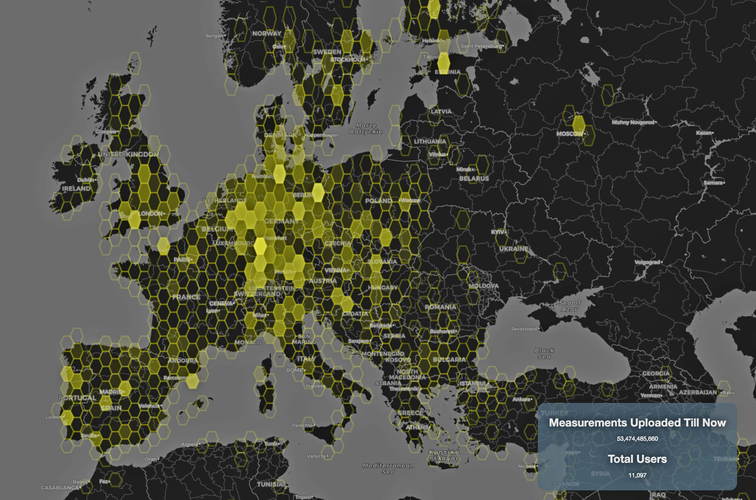 Image:
Volunteers watching the skies
Image:
Volunteers watching the skies A dazzling Hubble collection of supernova host galaxies
Thursday, 19 May 2022 13:00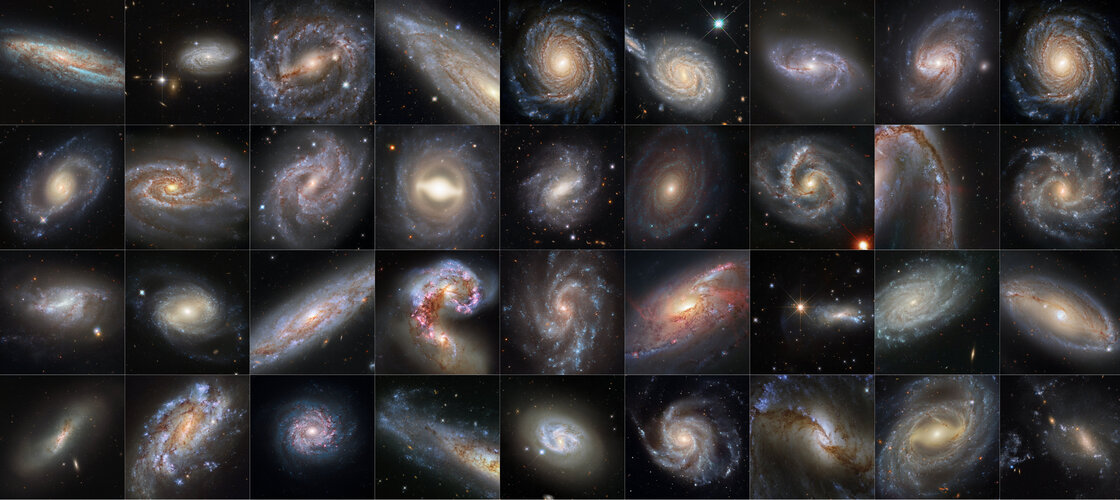 Image:
A dazzling Hubble collection of supernova host galaxies
Image:
A dazzling Hubble collection of supernova host galaxies Space agencies provide global view of our changing environment
Thursday, 19 May 2022 11:59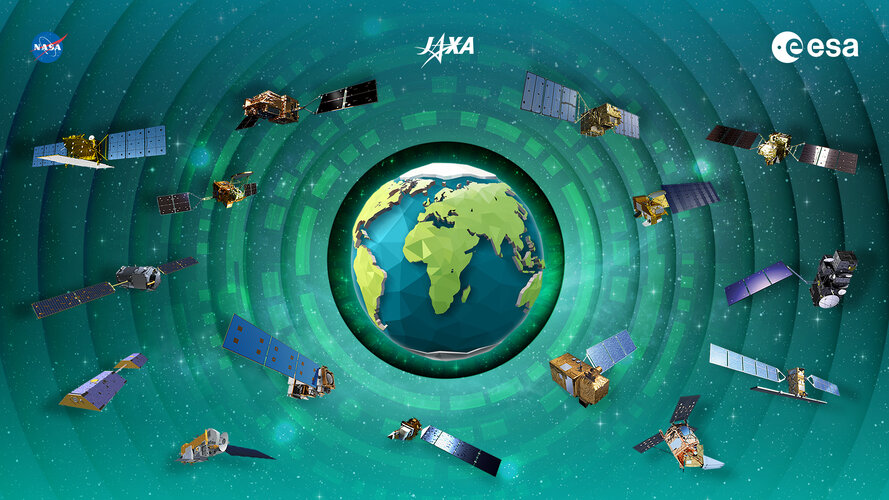
International collaboration among space agencies is central to the success of satellite Earth observation and data analysis. ESA, NASA and JAXA (Japan Aerospace Exploration Agency) have continued their joined effort to develop a storytelling dashboard that combines their resources and expertise to strengthen our global understanding of the changing environment and its economic effects.
Boeing's Starliner to launch uncrewed test flight to International Space Station
Thursday, 19 May 2022 10:46 Boeing and NASA are ready to launch the company's Starliner spacecraft to the International Space Station on Thursday.
A United Launch Alliance Atlas V rocket is scheduled to blast off from Space Launch Complex 41 at Cape Canaveral Space Force Station in Florida at 6:54 p.m. EDT for Operation Flight Test-2, or OFT-2.
The long-delayed test will see Starliner conduct an uncrewed flight
Boeing and NASA are ready to launch the company's Starliner spacecraft to the International Space Station on Thursday.
A United Launch Alliance Atlas V rocket is scheduled to blast off from Space Launch Complex 41 at Cape Canaveral Space Force Station in Florida at 6:54 p.m. EDT for Operation Flight Test-2, or OFT-2.
The long-delayed test will see Starliner conduct an uncrewed flight Blue Origin scrubs Friday launch over vehicle issue
Thursday, 19 May 2022 10:46 Aerospace manufacturer Blue Origin will delay its next sub-orbital spaceflight because of a vehicle issue, the company announced Wednesday.
Originally scheduled to take place Friday, the launch would have been the fifth manned flight for the Washington state-based company's New Shephard space vehicle.
"During our final vehicle checkouts, we observed one of New Shepard's backup system
Aerospace manufacturer Blue Origin will delay its next sub-orbital spaceflight because of a vehicle issue, the company announced Wednesday.
Originally scheduled to take place Friday, the launch would have been the fifth manned flight for the Washington state-based company's New Shephard space vehicle.
"During our final vehicle checkouts, we observed one of New Shepard's backup system End of the line nears for NASA InSight Mars lander
Thursday, 19 May 2022 10:46 After some four years probing Mars' interior, NASA's InSight lander will likely retire this summer as accumulated dust on its solar panels saps its power.
The lander will, however, leave behind a legacy of data that will be tapped by scientists around the world for years to come, helping to improve our understanding of planet formation, NASA said, while announcing on Tuesday the imminent en
After some four years probing Mars' interior, NASA's InSight lander will likely retire this summer as accumulated dust on its solar panels saps its power.
The lander will, however, leave behind a legacy of data that will be tapped by scientists around the world for years to come, helping to improve our understanding of planet formation, NASA said, while announcing on Tuesday the imminent en Everyone wants a piece of this Pie - Sols 3478-3479
Thursday, 19 May 2022 10:46 Despite the incredibly rough terrain surrounding Mirador butte, our nearly 10-year-old rover successfully drove a net distance forward ~10 meters and ~2 meters in elevation! To get a sense of what our Rover Planners try to avoid navigating this terrain, check out this Navcam image of our left front wheel at our parking spot.
Not only did the Sol 3476 drive succeed, but placed us perfectly
Despite the incredibly rough terrain surrounding Mirador butte, our nearly 10-year-old rover successfully drove a net distance forward ~10 meters and ~2 meters in elevation! To get a sense of what our Rover Planners try to avoid navigating this terrain, check out this Navcam image of our left front wheel at our parking spot.
Not only did the Sol 3476 drive succeed, but placed us perfectly Engineers investigating Voyager 1 telemetry data
Thursday, 19 May 2022 10:46 The engineering team with NASA's Voyager 1 spacecraft is trying to solve a mystery: The interstellar explorer is operating normally, receiving and executing commands from Earth, along with gathering and returning science data. But readouts from the probe's attitude articulation and control system (AACS) don't reflect what's actually happening onboard.
The AACS controls the 45-year-old spac
The engineering team with NASA's Voyager 1 spacecraft is trying to solve a mystery: The interstellar explorer is operating normally, receiving and executing commands from Earth, along with gathering and returning science data. But readouts from the probe's attitude articulation and control system (AACS) don't reflect what's actually happening onboard.
The AACS controls the 45-year-old spac The origin of life: A paradigm shift
Thursday, 19 May 2022 10:46 According to a new concept by LMU chemists led by Thomas Carell, it was a novel molecular species composed out of RNA and peptides that set in motion the evolution of life into more complex forms
Investigating the question as to how life could emerge long ago on the early Earth is one of the most fascinating challenges for science. Which conditions must have prevailed for the basic buildin
According to a new concept by LMU chemists led by Thomas Carell, it was a novel molecular species composed out of RNA and peptides that set in motion the evolution of life into more complex forms
Investigating the question as to how life could emerge long ago on the early Earth is one of the most fascinating challenges for science. Which conditions must have prevailed for the basic buildin SpaceX successfully launches rocket carrying 53 Starlink satellites
Thursday, 19 May 2022 10:46 SpaceX launched 53 Starlink satellites into orbit Wednesday, while also successfully recovering its two-stage Falcon 9 rocket, the company announced.
The company shared photos of the used Falcon 9 rocket taking off from its Florida launch pad and later setting down in the ocean aboard one of its autonomous drone ships.
"Falcon 9 has successfully lifted off carrying our 53 Starlink sa
SpaceX launched 53 Starlink satellites into orbit Wednesday, while also successfully recovering its two-stage Falcon 9 rocket, the company announced.
The company shared photos of the used Falcon 9 rocket taking off from its Florida launch pad and later setting down in the ocean aboard one of its autonomous drone ships.
"Falcon 9 has successfully lifted off carrying our 53 Starlink sa 